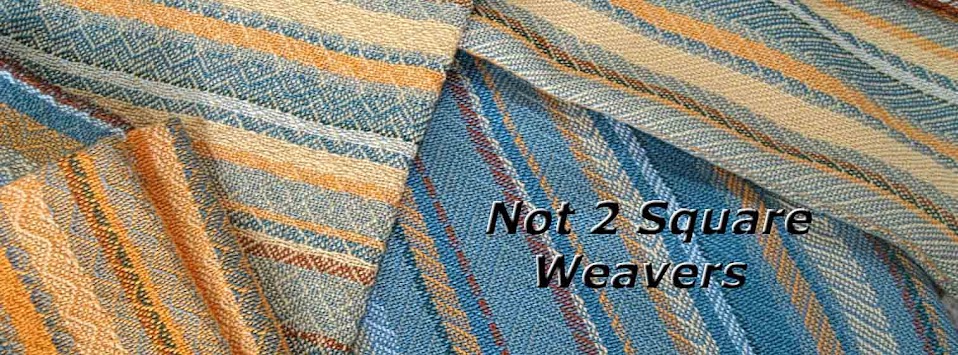 I have an online friend (Indira) who sent me this fantastic handwoven piece of sari cloth as a gift. She has a large collection of sari cloths and instead of letting them languish stored away, she is making them into scarves and selling them at 1000 Markets. Here is what Indira says about this piece of handwoven cloth
I have an online friend (Indira) who sent me this fantastic handwoven piece of sari cloth as a gift. She has a large collection of sari cloths and instead of letting them languish stored away, she is making them into scarves and selling them at 1000 Markets. Here is what Indira says about this piece of handwoven clothThis piece of cloth is about 35 years old and is from Kanchipuram (a historic city in Tamilnadu, India). The yarn is mulberry silk from Karnataka, India, which has the largest sericulture industry in India.
The gold brocade (zari) is threads dipped in liquid silver and 24k gold. Because of that it still retains its bright shine. As for as weaving goes, Kanchipuram silk saris are considered very strong and durable because of the double warp-double weft twisted thread technique the weavers use. The two different thread color for the warp and weft in this scarf give it a special shimmer.
Kanchipuram silk's distinctiveness is also that the border is woven using interlocked warp and the brocade is woven using interlocked weft. Actually if you cut the border exactly on the line where it is woven into the body, there will by no frayed edges. The shoulder piece is also constructed similarly. The huge steeple design along the border is an innovation on the basic motif of "temple" (common in saris made in southern part of India) which came into fashion around the time this sari was made.
 Barbara has a fantastic collection of ethnic textiles from all over the world. Her daughter brought her this basket made from rolled up newspaper which was woven into the basket and then finished with a clear sealer of some sort. The basket maker was from Bangkok, Thailand
Barbara has a fantastic collection of ethnic textiles from all over the world. Her daughter brought her this basket made from rolled up newspaper which was woven into the basket and then finished with a clear sealer of some sort. The basket maker was from Bangkok, ThailandAnd talk about complex, Barbara also showed us this piece of warp and weft ikat cloth which was dyed and woven in Thailand. The yarn is handspun cotton.
I can hardly wait until the next meeting to see what everyone has been doing. We have had some snow storms and lots of rain, so maybe people have been weaving.


1 comment:
Mim and I watched "Tana Bana, Wisdom of the Loom" today. I have it on loan from the Reno Fiber Guild. Our jaws dropped at the skills of these indigent weavers and the sticks they cobble together for looms - so skillful and unacknowledged.
Post a Comment